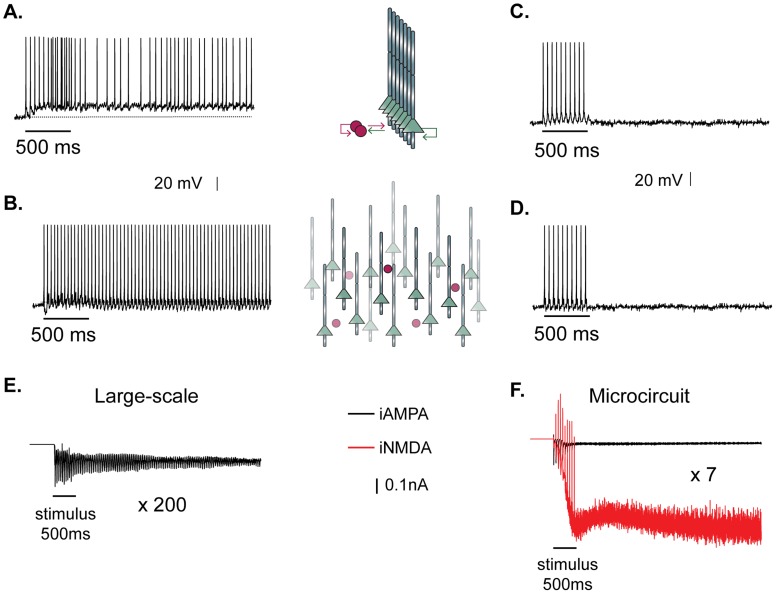Figure 4. Depolarizing plateau underlies persistent activity only in the presence of NMDA receptors.
A. Persistent activity after stimulation at the proximal dendrites of the microcircuit (iNMDA-to-iAMPA ratio = 2.3, latency of excitatory synaptic transmission: 1.7±0.9 ms). Bar indicates stimulus presentation. Note the generation of a depolarizing somatic plateau potential. B. Persistent activity after stimulation at the proximal dendrites of a large scale network (number of pyramidal neurons: 200, number of interneurons: 50) while blocking NMDA receptors and increasing the latency of excitatory synaptic transmission to 40±10 ms. Note the absence of the depolarizing plateau potential. C. Persistent activity fails to emerge in the microcircuit when NMDA receptors are blocked and the latency of excitatory synaptic transmission is increased to 40±10 ms, as in B. D. Persistent activity fails to emerge in the large scale network when NMDA receptors are blocked and the latency of excitatory synaptic transmission is reduced to 1.7±0.9 ms. Bar indicates stimulus presentation. E. Average net AMPA current a pyramidal neuron receives from all other pyramidal neurons in the large scale network in the trials that led to persistent activity. F. Average net AMPA current (black trace) and the net NMDA current (red trace) a pyramidal neuron receives from all other pyramidal neurons in the microcircuit in the trials that led to persistent activity.

